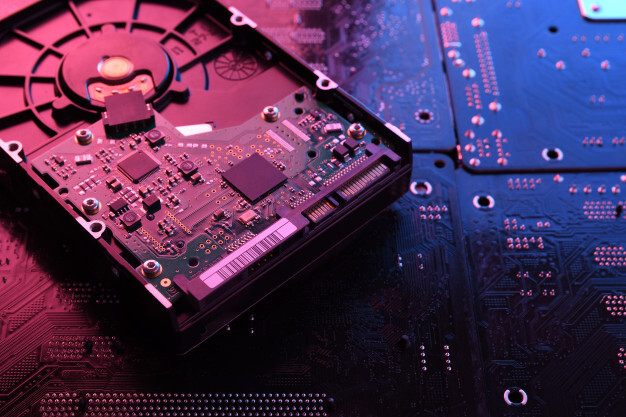

A problem with shared hosting environments is resource usage management on the physical server itself and the various logical servers it supports. Several instances of seemingly independent servers sharing physical resources, each being independently configured and managed by different users, can be a recipe for disaster or poor performance at the very least.
Most Virtual Shared Servers Exist at 3 Levels:
1. The Host or Node is a Linux implementation on the physical server. It defines the virtual server environment and provides resource management services;
2. The Guests. Each Guest has an OS hosting a virtual server; and
3. Virtual Servers themselves, sometimes called domains.
Each virtual server exists in its own virtual space, managing its own resources. The Host carries out resource management of the physical server itself.
Managing resources and ensuring that one Guest does not monopolize the physical server is vital in ensuring acceptable performance for all domains. As noted above, where you have different management teams with different objectives, ensuring their Guest’s maximum performance can lead to conflict.
One common problem and one that leads to poor performance is resource over allocation. Over allocation happens when the accumulated resource requests from each Guest on the Host exceed the physical capabilities of the Host.
One performance area needing careful attention is that of hard drive performance. Web-based systems tend to be more disk intensive than processor-intensive in operation, and poor HDD performance can seriously degrade overall performance and responsiveness.
HDD versus SDD – What is The Difference?
HDD technology has been around for a long time. It uses physical disk platters and a mobile read-write head to read and record data. An HDD may have many platters and may use only one or both sides of a platter. Reading and writing heads put on and take off data using a stepping motor driving a read/write unit across the platter in small increments.
The key determinant for an HDD is the disk rotation speed. Usually, the read/write heads only move linearly in and out. They must wait for the correct bit of disk to present itself under the head. The faster the rotation, the shorter the time to wait.
Another key determinant is the disk transfer speed. The faster data can be read or written, the better the disk performance.
An SSD is very similar to a flash drive. It uses the same instantly accessible physical memory chips and because it has no moving parts and does not need to wait for a platter to rotate, it is a lot faster in operation. In raw speed terms, SSD drives can be as much as 10 times the HDD speed, but that depends on the SSD and the connection type.
One thing to check is the connection on the server motherboard:
1. SATA II – never.
2. SATA III. A SATA III connection means that you unplug the HDD and plug the SSD into the same connection. SATA III has a maximum transfer rate of 600MB/s, so, as is likely, your SSD has a higher rate, you are restricting the performance improvement you could be getting.
3. PCIe connection. Many motherboards have a PCIe slot that could support an SSD at a high transfer rate. However, they often already have a graphics or sound card installed, which prevents you from using it.
4. M.2 Connection. The newest motherboards, both laptop and desktop, have an M.2 port. M.2 SSDs also tend to be smaller.
In terms of capacity, HDD still offers the largest storage capacities in a single unit. SSDs are catching up, now reaching Terabyte capacities, but at a prohibitively high price.
In summary, SDD technology beats HDD hands down. No moving parts to fail, and because it is a newer technology, a faster data transfer rate. On the other hand, SSD is more expensive.
How Will SSD Help With Shared SASD Hosting?
As we discussed above, disk speed can have a significant impact on server performance. Because they are faster and more reliable, SSD units provide better overall performance and service levels. For Managed Service Providers like HostSailor, having an SSD server option can ensure clients get more bangs for their bucks.
A compromise to take advantage of SSD performance but avoid the cost barrier as storage sizes increase is to use an SSD for the OS, programs, and essential data. Other files that aren’t critical can be stored on an HDD.
If you have space issues in your server, an alternative is to look at SSHDs, a combination of SSD and HDD technologies. They have the speed of SSDs and the capacity of HDDs.